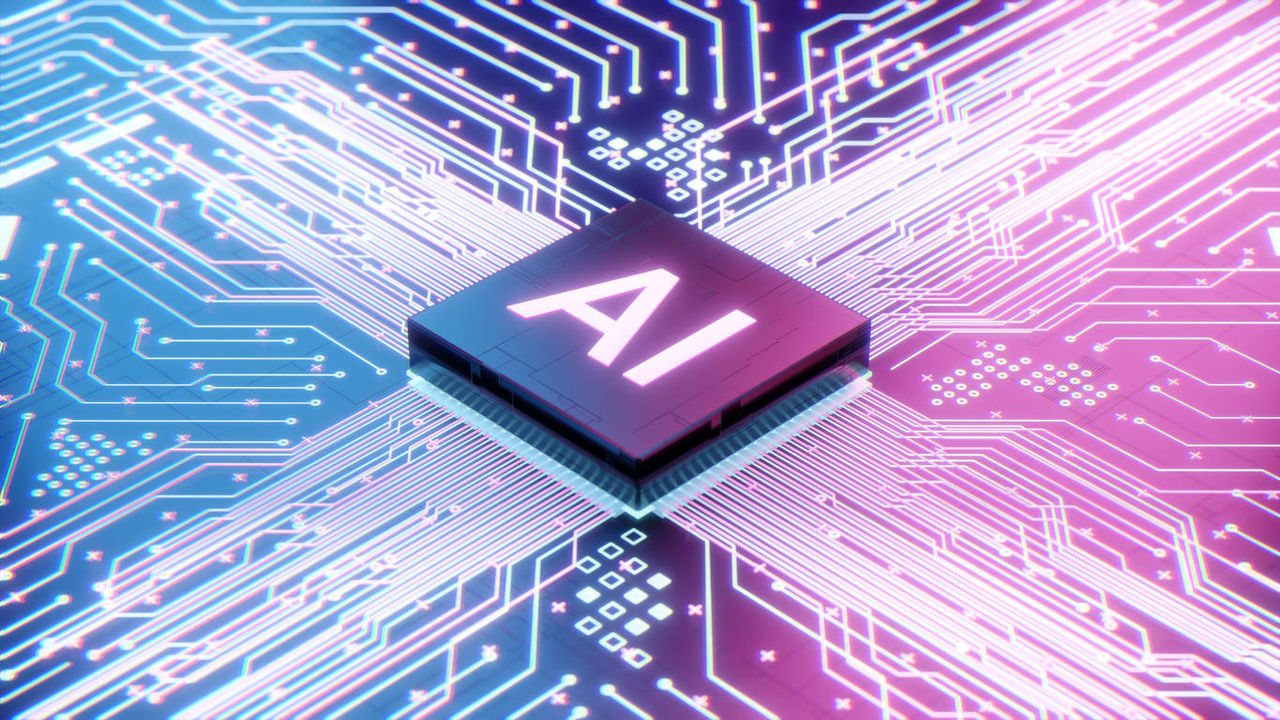Upgrading Benefits Administration with Robotic Process Automation
Artificial intelligence software speeds routine benefit tasks

Robotic process automation (RPA) is an emerging technology for streamlining HR activities, including benefits administration, which traditionally have required manual processing by HR departments.
A Range of Solutions
RPA allows for rules-based, transactional processes to handle, without human intervention, tasks such as benefits enrollment. HR and employee benefits service providers have incorporated these automations in their products, and examples of RPA technology range from inexpensive, easily accessible online tools that automatically move data between Web apps to custom applications that apply AI and machine learning to perform more complex tasks.
Benefits administration is poised to take advantage of RPA, Doug Devlin, CEO of Tabulera, a Software-as-a-service (SaaS) benefits administration platform, recently wrote in Forbes. Even at large companies, he noted, HR and benefits specialists must "reconcile benefits premium invoices and payments manually, using spreadsheets, with changes being reflected a month or two after they actually happen, regardless of the size of the discrepancy. … If it takes one to two months for companies to even reconcile and identify discrepancies, while [insurance] carriers require that discrepancies be addressed in 60 days, there's a time crunch most companies are constantly struggling with."
RPA technology "can download and compare billing information, flag mismatches and changes, and integrate across multiple systems, both internal and external—in real time," Devlin pointed out.
Automated Activities
HR departments that outsource all or part of their benefits administration may already be leveraging the potential of RPA, whether they know it or not. Some of the widely used HR service providers that use RPA technology are ADP, Paychex, Paylocity and Paycom, among others.
Stacy Farber, a principal at CPA firm UHY LLP, believes that RPA can deliver another important benefit—accuracy and the reduction of errors. When the communication process between companies, service providers, trustees, employees and others is fully automated, there is less chance for errors to occur between handoffs, she noted.
According to Heidi Lumbrezer, director of HR tech at ISG, a technology research and advisory firm, "providers have incorporated these automations in their solutions, and this is expected as part of a benefits provider service offering."
Individual companies pursuing do-it-yourself automation activities often are not as advanced as service providers in adopting RPA technology, Lumbrezer said.
Tasks most often automated include rules-based, transactional processes such as benefits enrollment and other back-office processes," Lumbrezer said, as well as retirement calculations, benefits support, and guidance and record-keeping.
[Related SHRM article: Analyzing the Pros and Cons of Robotic Process Automation]
Pandemic-Driven Automations
The COVID-19 pandemic prompted a more rapid adoption of automation tools than might otherwise have happened, according to Zapier's 2021 State of Business Automation report.
"With more participants working from home due to the pandemic, organizations are becoming comfortable engaging with AI chatbots for remote interactions," Lumbrezer said. She noted that benefits administrators are increasingly using virtual assistants—such as Businessolver's Sophia and Alight's Lisa—to guide participants through benefits transactions.
Jellyvision's Alex benefits enrollment platform also uses AI elements to guide employees through topics like benefits enrollment, medical insurance plans, retirement savings and financial wellness.
Employees these days, Lumbrezer added, "are more tech-savvy and want answers right now, not necessarily during normal business hours, but they are also still confused about their benefits and need help with basic definitions." Chatbots can provide the answers they need, at any time, providing a better employee experience.
A New Wrinkle
Robotic-process-as-a-service (RPaaS) is being touted by some companies as an emerging technology that can help in administering benefits. While RPA is the process of using bots or AI to automate processes, RPaaS refers to bundling that automation and making it cloud-based, as with the more commonly known SaaS, to allow users access to applications that run on shared computing resources via the Internet.
An example of RPaaS is OneSource Virtual's soon-to-launch benefits enrollment bot, which runs a report from Workday, a cloud-based HR information system, and sends e-mail reminders to employees, alerting them of tasks awaiting action—such as changing benefits after marriage, a new child or other life events. The bot then generates a report of all e-mails sent to employees, all past-due events that the benefits team should close out, and all employees who are missing e-mail addresses in Workday.
[Related SHRM article: Robotic Process Automation Comes to HR]
Cost-Saving Potential
Benefits administrators, Lumbrezer said, "are starting to put all the available data and analytics together to help employers drive down health care costs and provide custom experiences for employees." She pointed to HR administrators like Alight that "are pulling this through all their cloud-based solutions"—such as health care, retirement savings and payroll administration.
While service providers are using RPA to increase speed and efficiency across administrative functions, Lumbrezer said, "it's not clear providers are passing along the cost savings from these efficiencies to their enterprise customers."
That's something she thinks will happen "as the market matures and the initial investments for the AI bots level out."
Employers could see further savings as the use of RPA allows them to forgo high-cost call center services for employee-driven benefits tasks, she noted.
Lin Grensing-Pophal is a freelance writer in Chippewa Falls, Wis.
Advertisement
An organization run by AI is not a futuristic concept. Such technology is already a part of many workplaces and will continue to shape the labor market and HR. Here's how employers and employees can successfully manage generative AI and other AI-powered systems.
Advertisement


